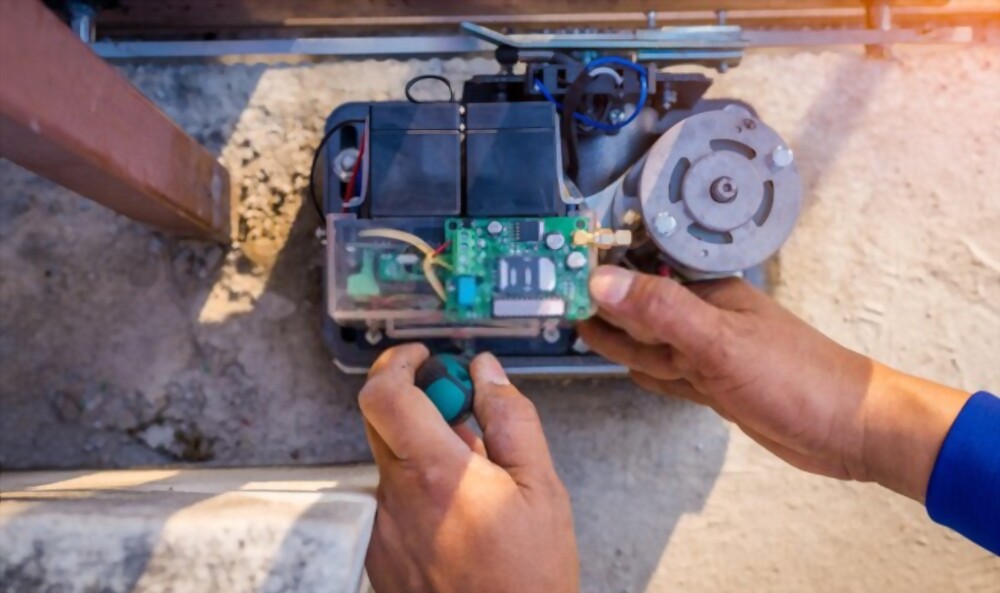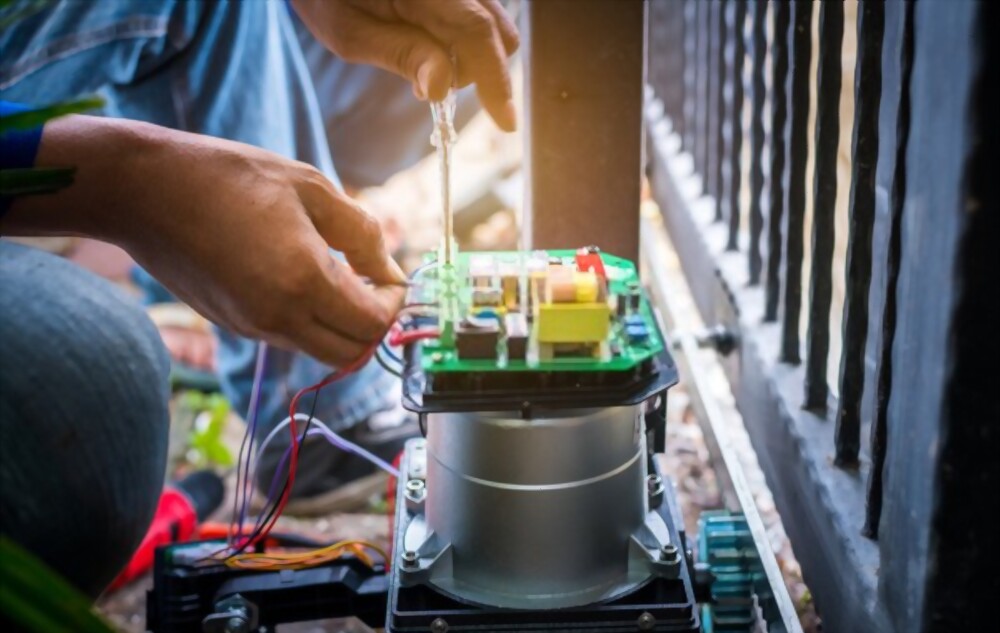A gate motor battery is a type of lead-acid battery that is specifically designed to power an electric gate. A gate motor battery is different from other types of batteries because it is not meant to store energy like a car battery or a deep cycle battery. Instead, it is designed to provide enough current to run the electric gate motors only when they are needed.
The amount of current required by the electric gate motors depends on how much force is being applied to open and close the gate. For example, if you have a heavy-duty gate, then more current will be required than if you have a light-duty gate. In this article, we’ll take a look at what makes up a gate motor battery, how to select one for your application, and how to install it.
How Does this Gate Motor Battery Work?
The main purpose of this battery is to provide high current to the electric gate motors when they need it. This allows them to quickly respond to any changes in pressure on the gates. When the gate motors aren’t running, the battery provides a low current to keep the gate motors warm so they don’t overheat. If the gate motors are constantly turning, however, they can cause the battery to heat up too. To prevent this from happening, most gate motor batteries include some sort of thermal protection system. It senses whether the gate motors are running or not and cuts off the flow of current to the battery if necessary.
What Makes Up this Gate Motor Battery?
There are two basic components to a motor battery: the cells and the charging circuit. Cells are the individual elements inside the battery that generate electricity. They contain chemicals called electrolytes that react together to produce electricity. Each cell has a positive terminal and a negative terminal. Most of these motor batteries use six to eight cells connected in series, which means each cell produces about 1/6th to 1/8th as much voltage as all the other cells combined. Charging circuits control the flow of electricity between the cells. Typically, there are three parts to a charging circuit: the charger, the regulator, and the switch.
Charger
The charger is responsible for taking the electricity generated by the cells and converting it into a form that the gate motors can use. There are many different kinds of chargers available today. Some charge the battery using AC power while others use DC power. Some use constant current while others use constant voltage. And some use pulse width modulation, which is similar to CC but uses less power. Whatever kind of charger you choose, make sure it meets the requirements of your particular gate motor battery.

Regulator
Regulators regulate the output of the charger and limit its maximum current. They also protect the battery against overcharging. Many regulators have built-in fuses that blow when the battery gets too hot. Others have external fuses that must be replaced every time the battery overheats. Either way, regular maintenance is important to ensure that the battery doesn’t get damaged.
Switch
The switch automates when there is no power from the grid to switch to the battery to power the gate motor.
Or they can be Used manually.
Switches allow the user to turn the battery on and off. You may see switches labelled “on/off” or “open/close.” These terms refer to the state of the switch. An “on” switch turns the battery on and an “off” switch turns it off. A “closed” switch keeps the battery closed while an “open” switch disconnects the battery. The type of switch used depends on how often the battery will be turned on and off. For example, if the battery powers only one gate motor at a time, then a single contact switch would work fine. But if the battery powers multiple gates simultaneously, then a double pole double throw switch might be better suited.
Benefits of this battery
A gate motor battery is essential for controlling the opening and closing of large gates When there is no power. Without one, the gate motors won’t operate properly. In addition, a gate motor battery makes it easier to monitor the status of the battery because it gives you direct access to the terminals. t.
Gate motor batteries are not complicated devices. However, they do require periodic maintenance to keep them working well. Fortunately, most of this maintenance is simple and easy to perform yourself. If you need help with any part of the process, we recommend contacting us. Learn more about what we do.


Recent Comments